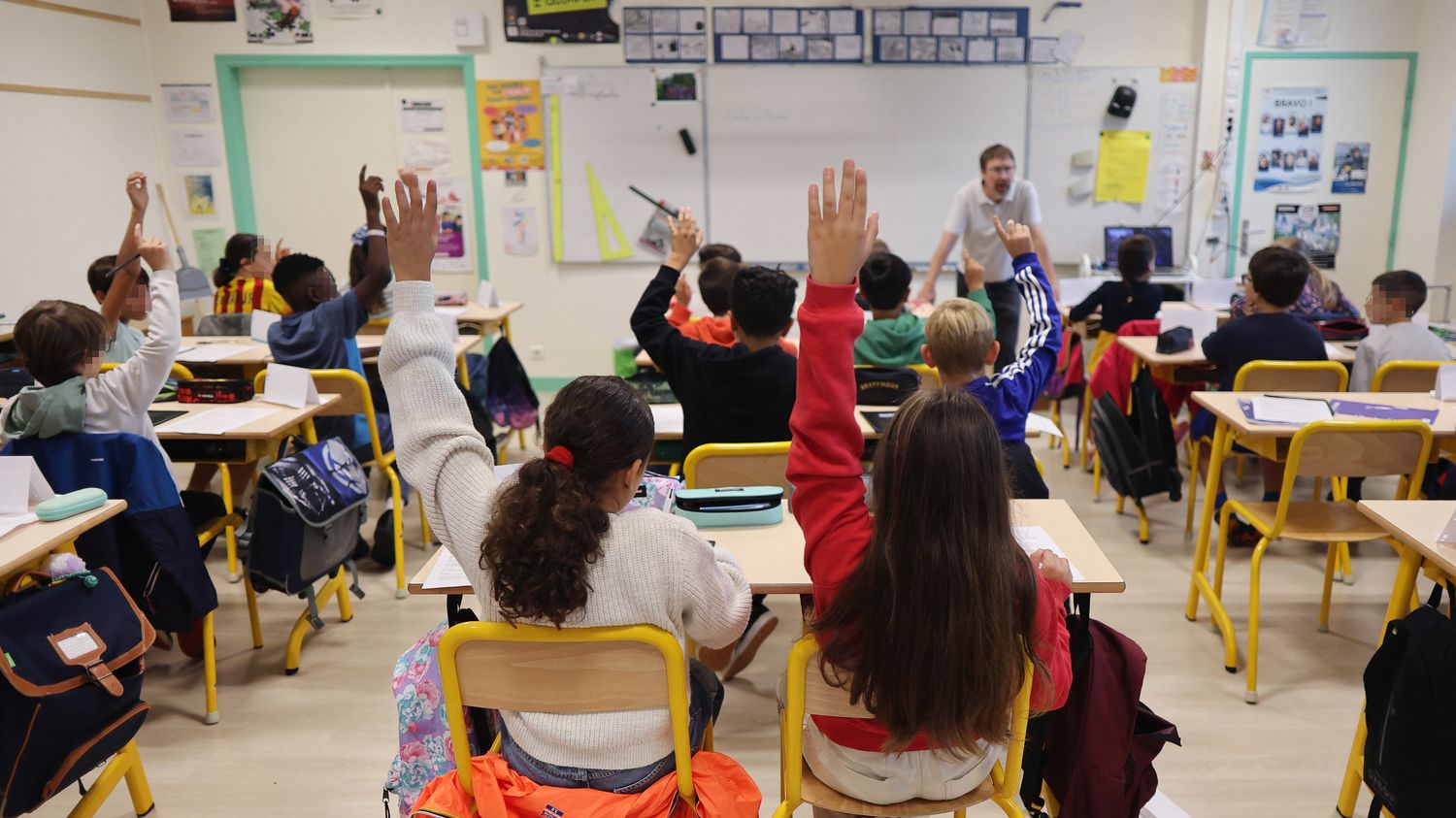The OECD published a report on Tuesday which highlights the persistence of very large differences in the paths of students based on social and economic inequalities.

Published
Reading time: 2 min

What role does the family environment play in students’ success at school? The OECD, the Organization for Economic Co-operation and Development, published its annual report “Education at a Glance” on Tuesday, September 10, and highlighted, among other things, the lack of progress in most countries, including France. There are still very large gaps in students’ achievements, linked to social and economic inequalities.
Even in the most equitable countries, the OECD explains, the most disadvantaged students do not reach the same level as their more advantaged peers. “The socio-economic background, the level of education of the parents, is really the greatest predictor of educational success and professional integration. We have statistics which show that these inequalities begin at a very young age.”explains Éric Charbonnier, analyst at the OECD.
Example with the nursery: 85% of children under 2 years old from the richest families are enrolled there. The proportion falls to 33% for the most modest households. The OECD speaks of “great gap in social inequalities”at all levels of education, the fault lies with our education system, according to the organization, which is still quite elitist and forgets the most disadvantaged children.
The international organization does note some progress. On school dropout, for example, slightly fewer young people are leaving the education system. Investments have also been made. Since Emmanuel Macron’s first five-year term, the classes in the senior section, CP and CE1 have been split in the priority education network (REP). This often raises questions for the other levels, which have had to increase the number of students to balance things out, but the OECD still notes these efforts.
“Investing is a good thing, but now we really need to target the establishments that need it most.”
Eric Charbonnier, analyst at the OECDto franceinfo
However, progress is slow and investing money is not the only solution, believes Eric Charbonnier. “Often, the countries that are most successful are not necessarily those with the highest spending, but they are countries that have invested in the teaching profession, by upgrading teachers, offering them quality initial and continuing training, and mobility prospects. And then also, assigning teachers to the establishments where they are most needed. There is a shortage of teachers often concentrated in the most disadvantaged areas.”
The annual study takes the example of Switzerland, which has been able to provide a very high level of education for all, with pathways that allow young people, including those from professional sectors, to continue in higher education.
